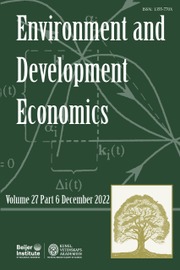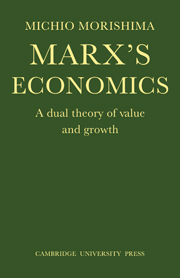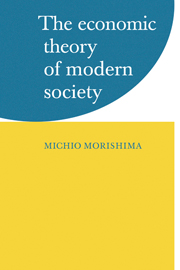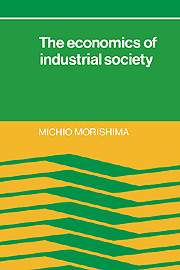Capital and Credit
Contemporary general equilibrium theory is characteristically short-run, separated from monetary aspects of the economy, and as such does not deal with long-run problems such as capital accumulation, innovation, and the historical movement of the economy. These phenomena are discussed by growth theory, which assumes a given or shifting production function, and in turn cannot therefore deal with the fundamental problem of growth, namely how the production function is derived. Thus traditional theories have a common weakness in that they divorce real economic growth from the activities of the financial sector. This book provides a much-needed synthesis of growth theory and monetary theory. Professor Morishima draws on the work of Schumpeter, Keynes and the pre-war neoclassical economists to formulate a capital-theoretic general equilibrium theory.
- Important text on general equilibrium theory now available in paperback
- Synthesis of growth theory and monetary theory, which formulates a capital-theoretic general equilibrium theory
- Excellent Japanese author
Product details
January 2011Adobe eBook Reader
9780511890581
0 pages
0kg
This ISBN is for an eBook version which is distributed on our behalf by a third party.
Table of Contents
- Preface
- 1. Introduction
- 2, Capitalist production
- 3. Production possibility set
- 4. Temporary equilibrium
- 5. Stability and motion
- 6. Innovations and financing
- 7. Monetary disequilibrium
- 8. Summary and perspectives into the future
- Appendices
- I. Existence of temporary equilibrium
- II. Increasing returns.









